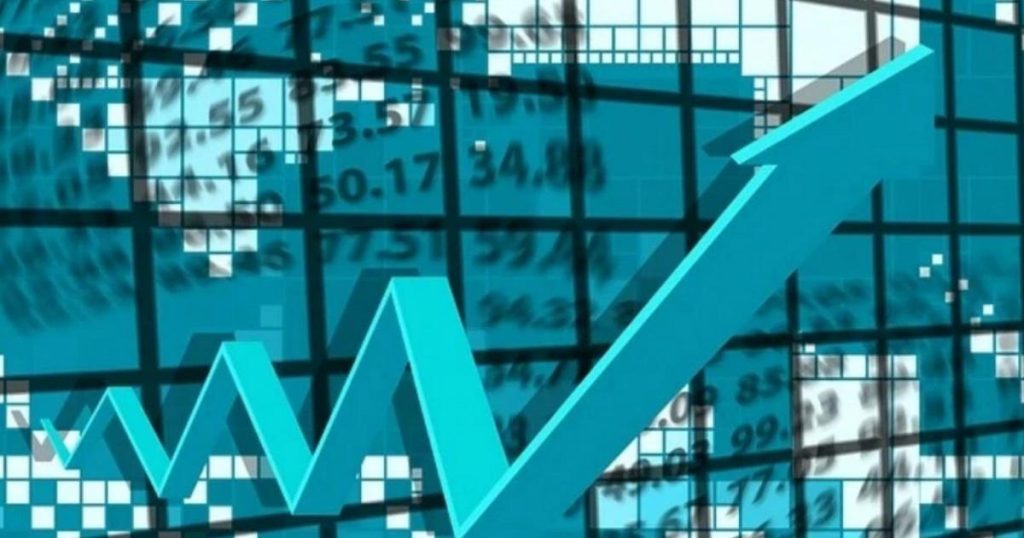Analysts are discussing the possibility that there will be no monetary easing in the current year. This means that there may not be any adjustments to interest rates or other monetary policy tools to stimulate the economy. The decision to withhold monetary easing could have various implications for the economy, financial markets, and businesses. It suggests that policymakers may believe that the current economic conditions do not warrant additional stimulus or that they may be concerned about potential negative effects of further easing.
The lack of monetary easing could have both positive and negative impacts on different sectors of the economy. On one hand, it could support the value of the currency and help to keep inflation in check. This may be beneficial for consumers by helping to maintain the purchasing power of their money. On the other hand, it could make borrowing more expensive for businesses, potentially slowing down investment and economic growth. Additionally, it could also put pressure on financial markets, as investors may have been expecting some form of monetary stimulus.
The decision to hold off on monetary easing may be influenced by a variety of factors, such as inflation levels, economic growth trends, and global market conditions. If policymakers believe that the economy is on a stable path and that inflation is under control, they may be less inclined to implement additional stimulus measures. However, if there are concerns about a potential slowdown in economic growth or a rise in inflation, they may decide to introduce easing measures to support the economy.
It is important to note that the decision on monetary easing is not made in isolation and is often based on a comprehensive assessment of various economic indicators. Policymakers typically take into account a range of factors, including employment levels, consumer spending, and business confidence, when making decisions about monetary policy. They also consider the potential impacts of their decisions on different sectors of the economy and may adjust their stance based on changing conditions.
Overall, the possibility of no monetary easing in the current year suggests that policymakers are carefully weighing their options and considering the potential consequences of their actions. The decision reflects a cautious approach to managing the economy and a desire to strike a balance between supporting growth and controlling inflation. Analysts will continue to monitor economic indicators and policy announcements to gain insights into the future direction of monetary policy and its implications for the economy.
In conclusion, the discussion around the possibility of no monetary easing in the current year highlights the complexities of managing economic policy and the various factors that policymakers must consider. The decision not to implement easing measures could have both positive and negative effects on different sectors of the economy, depending on their specific circumstances. It underscores the importance of a balanced and well-informed approach to monetary policy in order to ensure stability and promote sustainable economic growth.


